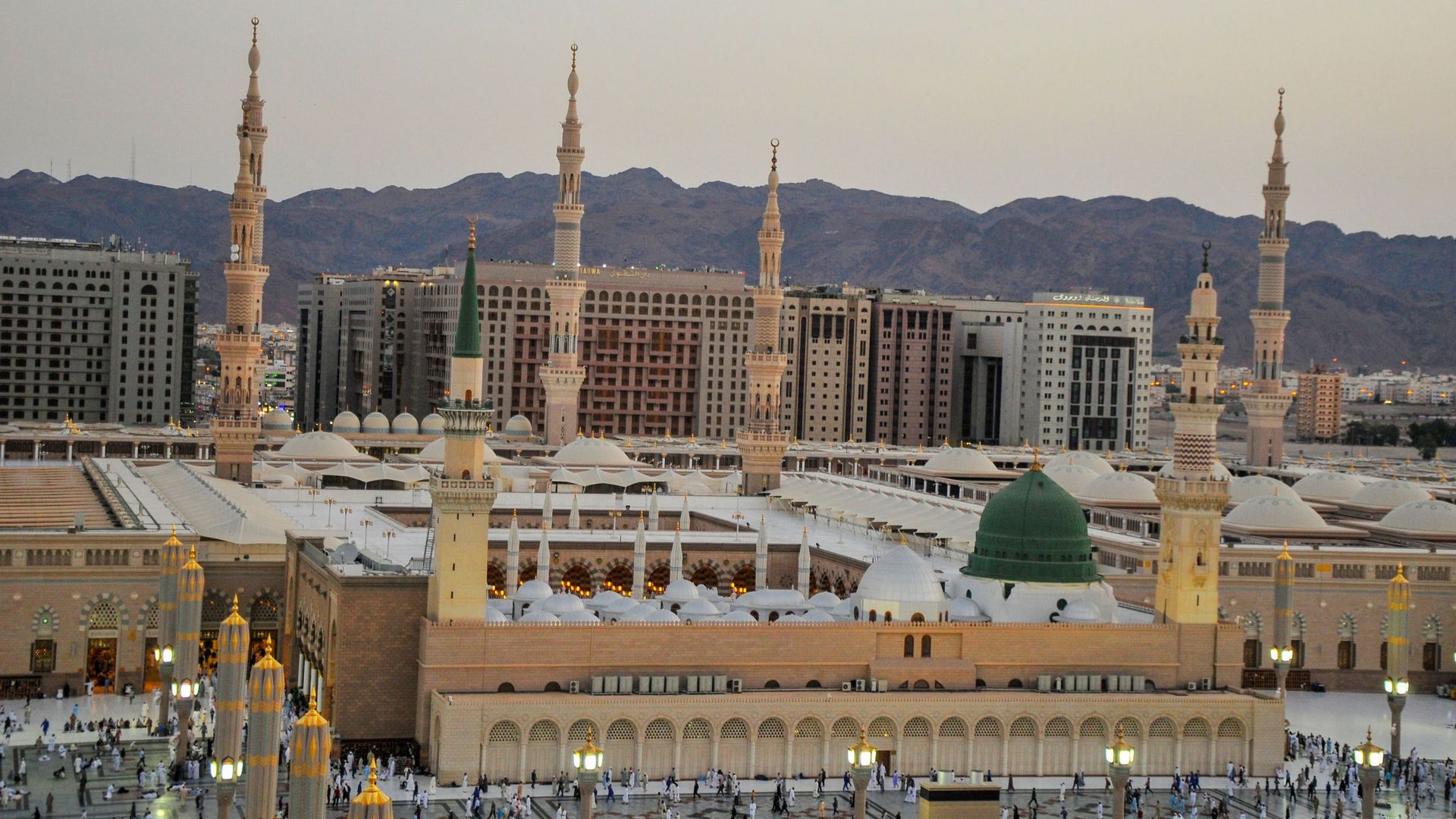
Al Masjid Al Nabawi / AlHaram AlSharif IRCICA
Al-Masjid a Nabawi, also known as the Prophet's Mosque, is one of the most important landmarks in the Islamic world. Located in the city of Al Madinah, it is the second holiest site in Islam after the Kaaba in Mecca. Every year, millions of Muslims from around the world visit Al-Masjid a Nabawi to pray, pay their respects to the Prophet.
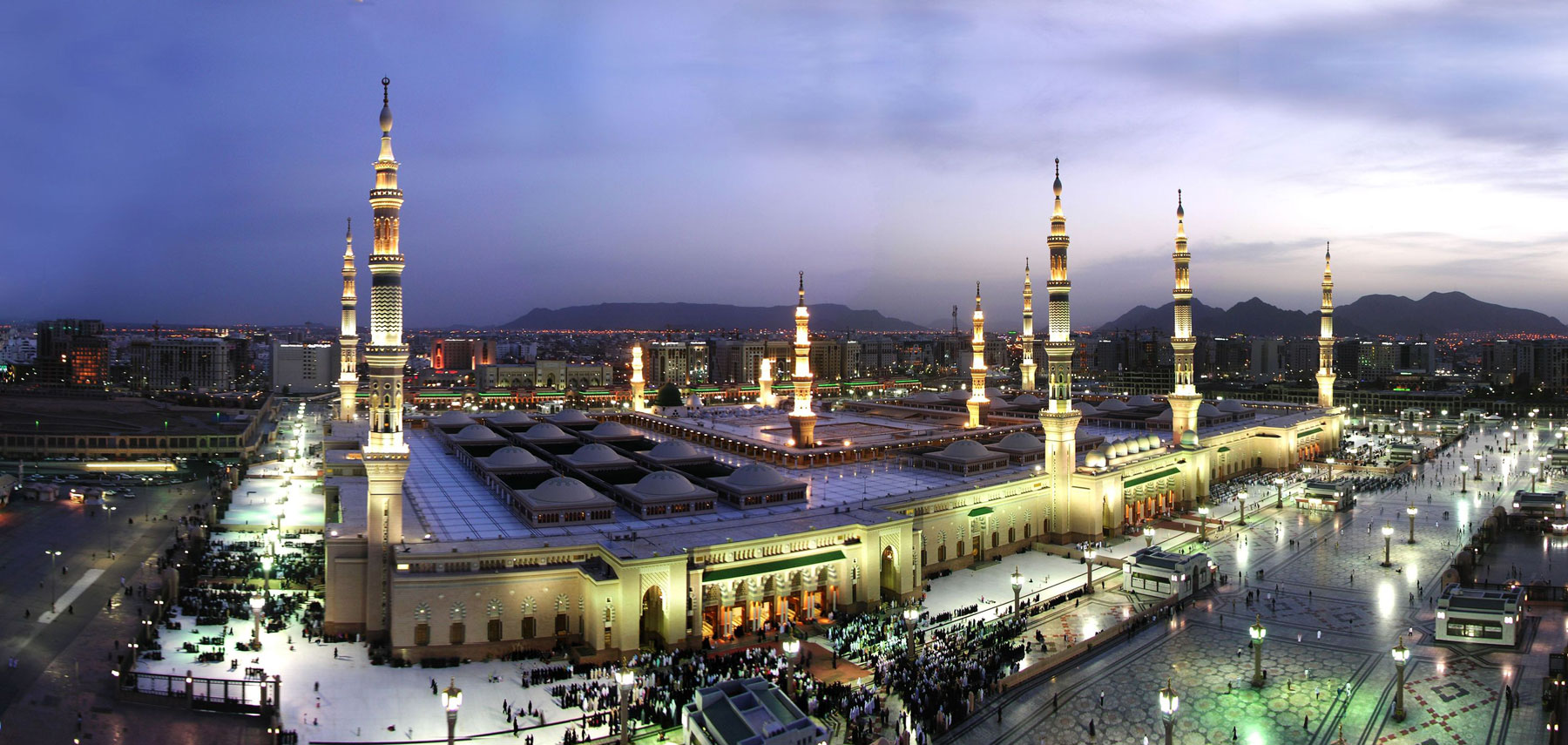
Masjid Nabawi Wallpaper Beautiful mosque wallpaper MESJID
The renovation of Masjid Nabawi began in 88 AH (708 CE), 59 years after the previous renovation by Uthman ibn al-Affan I. It was overseen by the governor of Madinah at the time, Umar ibn Abd al-Aziz I, who was the great-grandson of Umar ibn al-Khattab I. It was completed in 91 AH (711 CE), taking three years.

Masjid alNabawi Madain Project (en)
Al-Masjid an-Nabawi is not just a mosque, but the location of inspiring historical birthplace of Islam and its traditions. It plays an important role during the Hajj season, and is visited by millions of pilgrims each year.
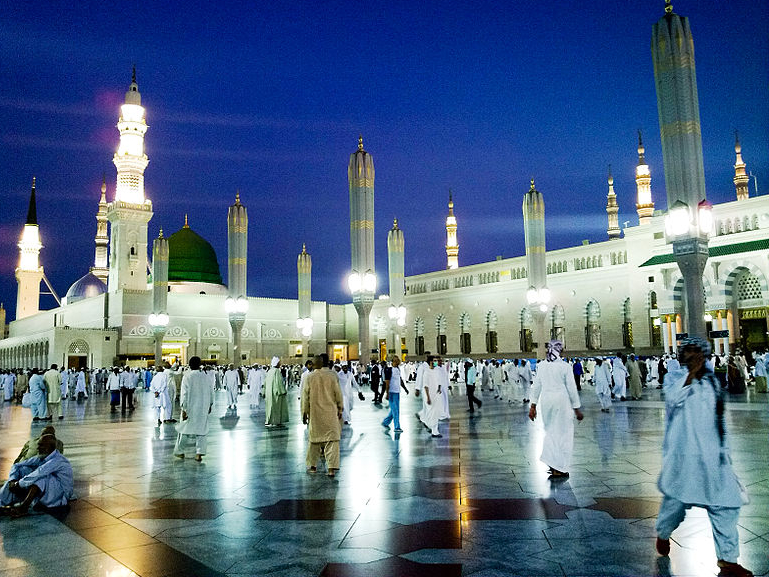
AlMasjid alNabawi, Medina, Saudi Arabia Tourist Information
Table of Contents Brief history of Al-Masjid Al Nabawi Why is the Prophet's Mosque (Masjid Al Nabawi) important? 10 Interesting Facts about Masjid Al Nabawi Masjid Al Nabawi is adjacent to the home of Prophet Muhammad (PBUH) Who was the first imam of Masjid Nabawi? How old is Masjid Al Nabawi? Why is Masjid Al Nabawi green?
Pictures of Al Masjid Al Haram Pictures of Masjid Nabawi (Exterior)
Al Masjid Al Nabawi is the most revered site in the entire city. Known as the "Prophet's Mosque", this magnificent mosque—with its ten minarets—holds great significance as it was constructed under the command of Prophet Muhammad (PBUH) after he migrated from Makkah. It served not only as a place of worship but also as a hub for.
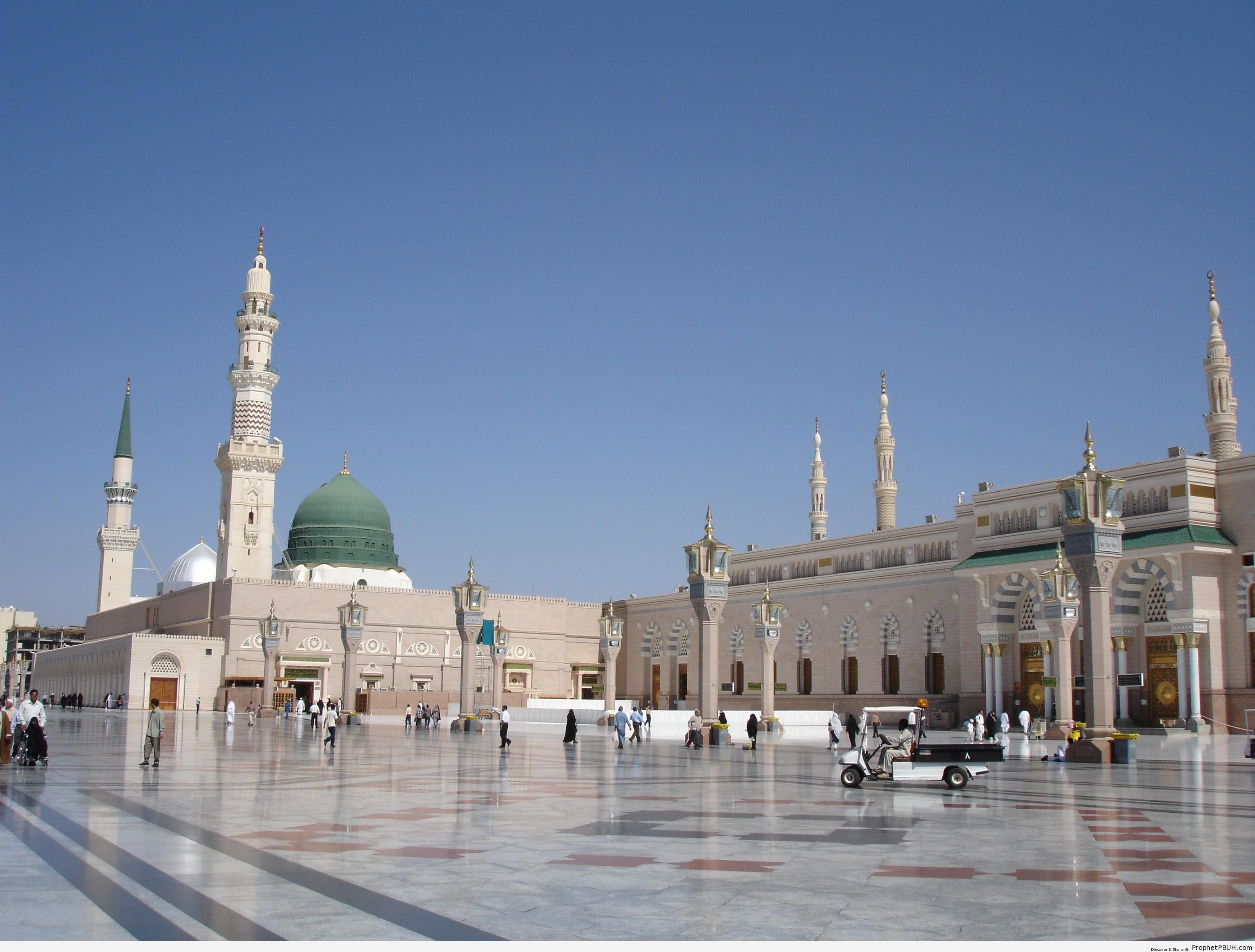
Mosque of the Prophet ï·º AlMasjid anNabawi (The Prophets Mosque) in Madinah, Saudi Arabia
The Masjid al-Nabawi was originally built by prophet Muhammad in the first year of the Hijrah (c. 622 CE), after his arrival in Medina. The land was owned by Sahal and Suhayl, partly as a place for drying dates, and at one end had been previously used as a burial ground. Refusing to "accept the land as a gift", he bought the land and it took seven or eight months to complete.

Mosques of the world Masjid alNabawi Islam Photo (33341690) Fanpop
Masjid an-Nabawi, famously known as the Mosque of the Prophet, stands as an enduring symbol of Islam's rich history and the unwavering devotion of its followers. Its foundations are embedded deeply in the pivotal events of early Islamic history, resonating with stories of faith, unity, and the Prophet Muhammad's (PBUH) enduring love for his Ummah.

Masjid Haram, Al Masjid An Nabawi, Mecca Masjid, Alhamdulillah, Hadith, Al Hajj, Moslem, Medina
Al-Masjid an-Nabawī ( Arabic: المسجد النبوي; Prophet's Mosque) is a mosque established and originally built by the Prophet of Islam Muhammad. It is in the city of Medina in Saudi Arabia. Al-Masjid an-Nabawi was the third mosque built in the history of Islam and is now one of the largest mosques in the world.

750+ Al Masjid An Nabawi, Medina, Saudi Arabia Pictures Download Free Images on Unsplash
September 3, 2021 Situated at the heart of Madinah and built by the Prophet Muhammad (PBUH), Masjid-e Nabawi is the second largest mosque in Madinah, Saudi Arabia after Masjid Quba. After Al-Haram mosque in Makkah, it is considered the second holiest spot for Muslims.

Show 5 Show All
Al-Masjid al-Nabawī (Arabic: ), known in English as the Prophet's Mosque, is a mosque in Medina Saudi Arabia Prophet Muhammad (s) is buried. Second to al-Masjid al-Haram, al-Masjid al-Nabawi is the holiest mosque in the world of Islam which was built by Prophet Muhammad (s) in the first year after Hijra; it was later expanded in different eras.

Best Gambar Mekkah, Paling Heboh!
'Mosque of the Prophet') is the second mosque built by the Islamic prophet Muhammad in Medina, after that of Quba, as well as the second largest mosque and holiest site in Islam, after the Masjid al-Haram in Mecca, in the Saudi region of the Hejaz. [2]
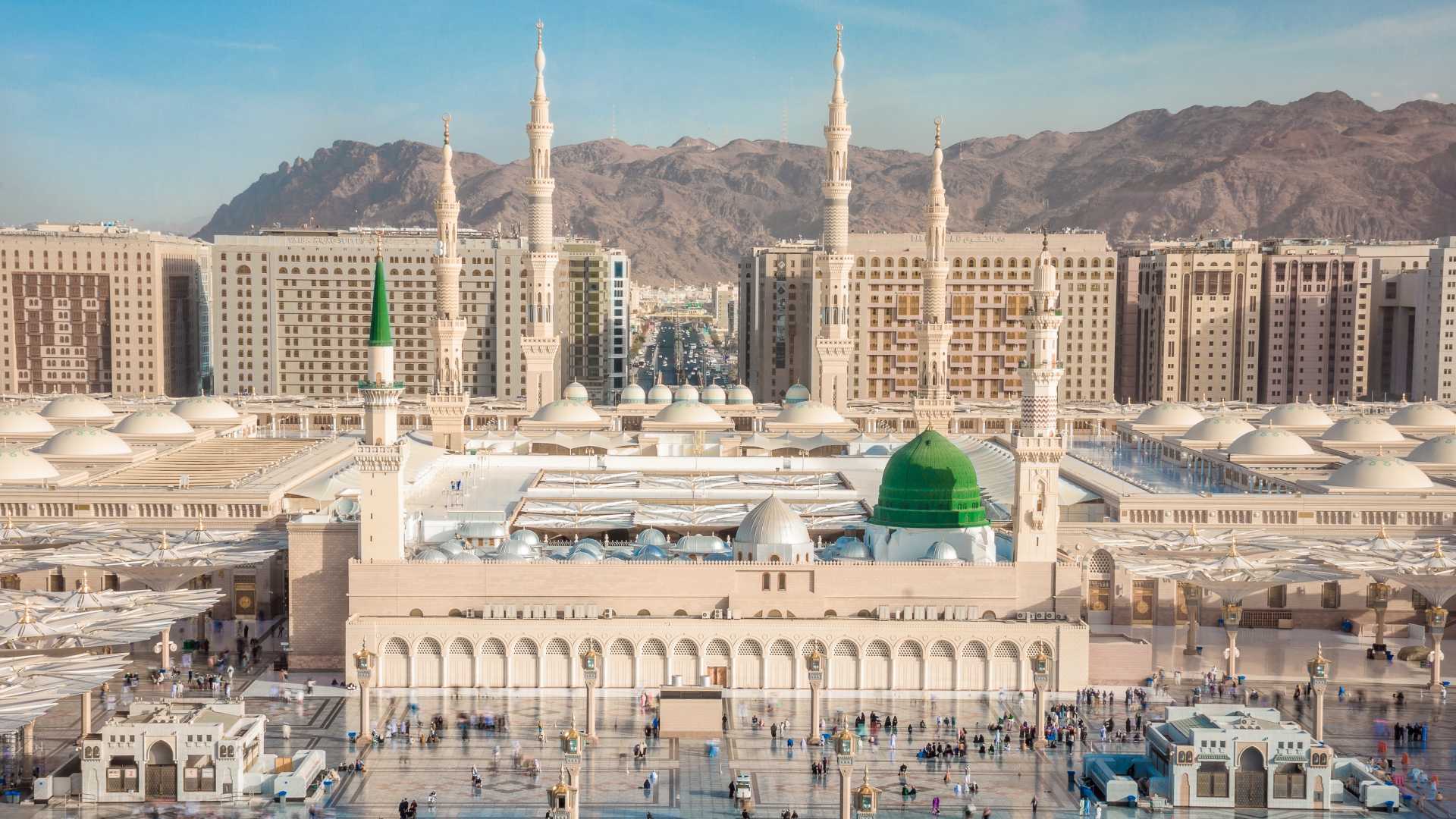
The Blessed Al Masjid An Nabawi The Prophet's Mosque (SAWS) in Madinah Saudi
al-Masjid an-Nabawī (Arabic: المسجد النبوي), also called the Prophet's Mosque, is a historic mosque originally established and built by prophet Muhammad, situated in the city of Medina. al-Masjid an-Nabawi was the second mosque built, first being the Quba Mosque, in the history of Islam and is now one of the largest mosques in the world.
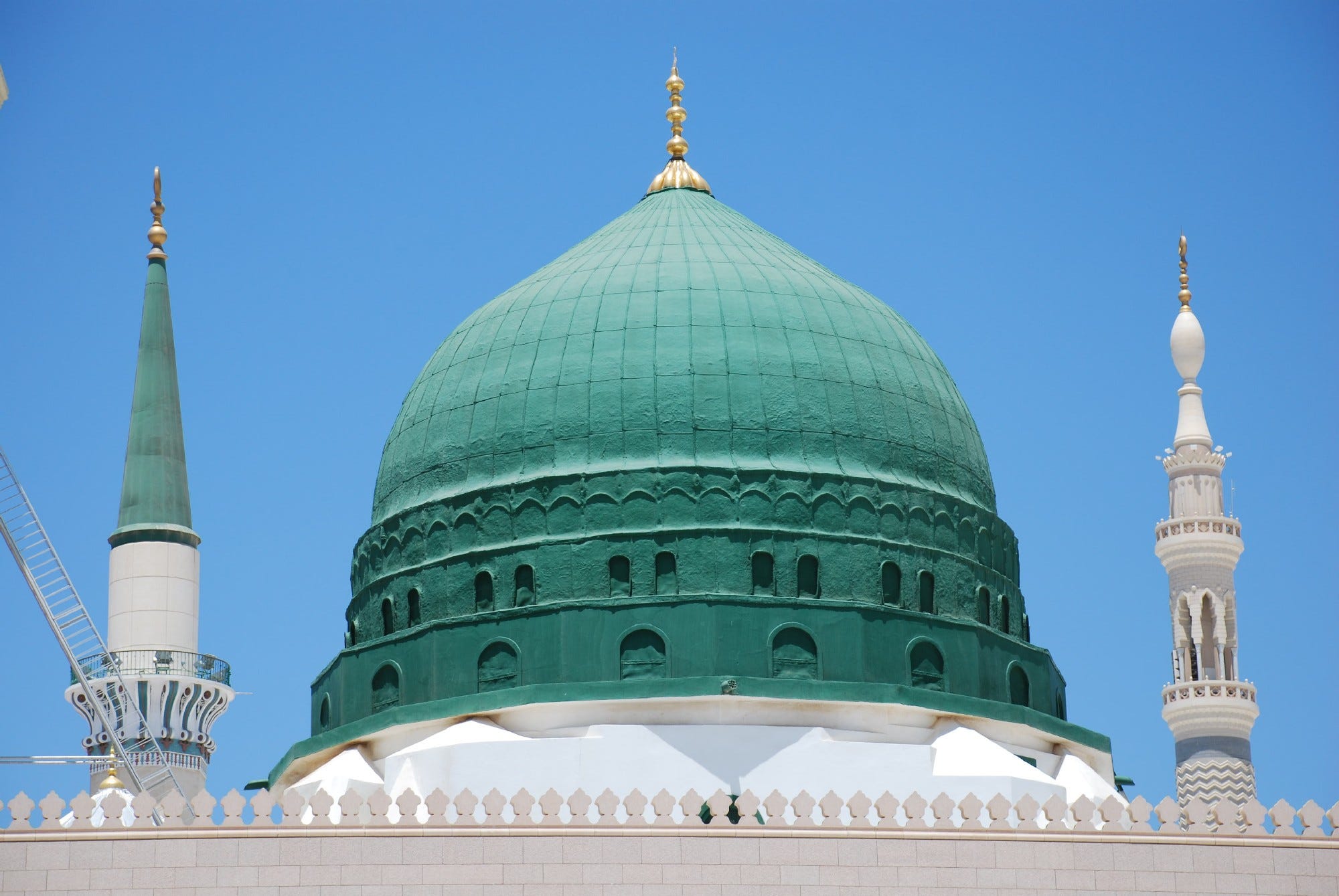
Secret Truths about AlMasjid anNabawi Naresh Goradara Medium
6- Attending Classes inside Al-Masjid an-nabawi. Madinah is a center of knowledge. There are a number of Islamic Scholars and students of knowledge who take classes inside the masjid. Some of them include Shaykh Abdur rahman Al Kawni (حفظه الله), Shaykh Abdullah al Bukhari (حفظه الله). Make sure that you sit in any of these.

Picture Perfect Masjid Al Nabawi
Prophet Muhammad ﷺ said: "Between my house and my pulpit lays a garden from the gardens of Paradise, and my pulpit is upon my fountain (Al-Kauthar)." - Sahih al-Bukhari 1196. Mehrab-e-Nabawi; Mehrab is the spot where Prophet Muhammad ﷺ used to pray and lead the prayer in Masjid al Nabawi after the Qibla changed to Masjid al-Haram.
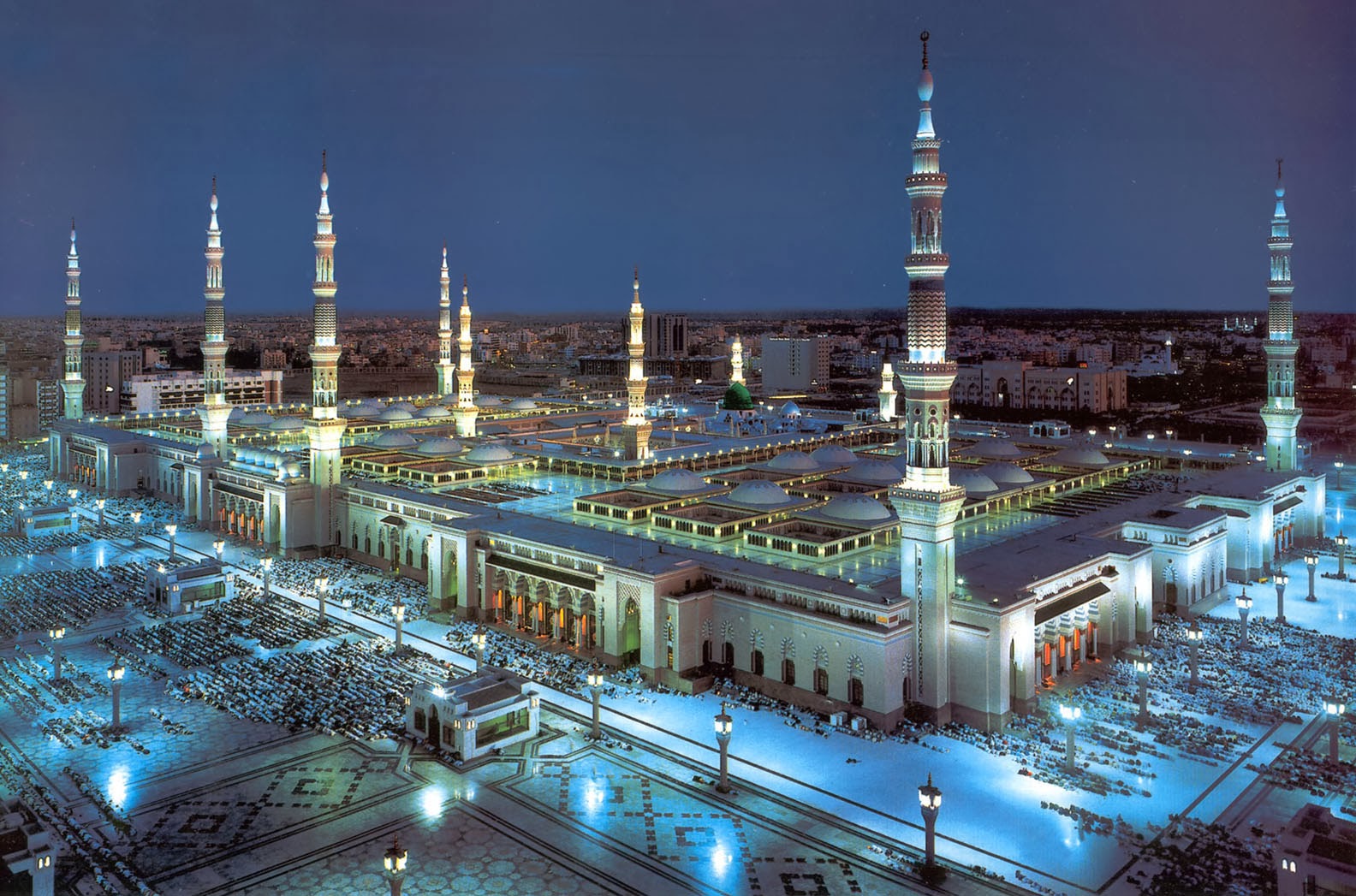
I Love Mosques AlMasjid anNabawi
Al Masjid an Nabawi 5 2,352 reviews #1 of 32 things to do in Medina Religious Sites Open now 12:00 AM - 11:59 PM Write a review About Masjid Nabawi is one of the most important landmarks in the history of Islam. Visiting this larger than life landmark is a dream for the Muslims around the world. Duration: More than 3 hours

AlMasjid alNabawi, Madinah, (Saudi) Arabia. Masjid, Mosque, Makkah
Masjid al Nabawi was initially constructed adjacent to the house of Abu Ayyub Ansari (RA). It is said that Prophet Muhammad (PBUH) used to stand on the second floor of his house, and Abu Ayyub Ansari (RA) used to share his meals with Allah SWT'S Messenger (SAW). Today, the house is situated inside the mosque of Prophet Muhammad (PBUH).